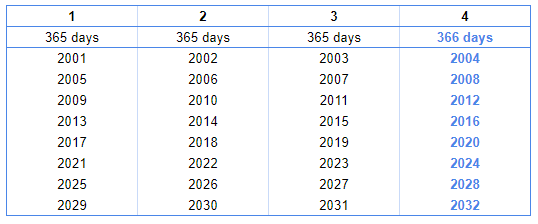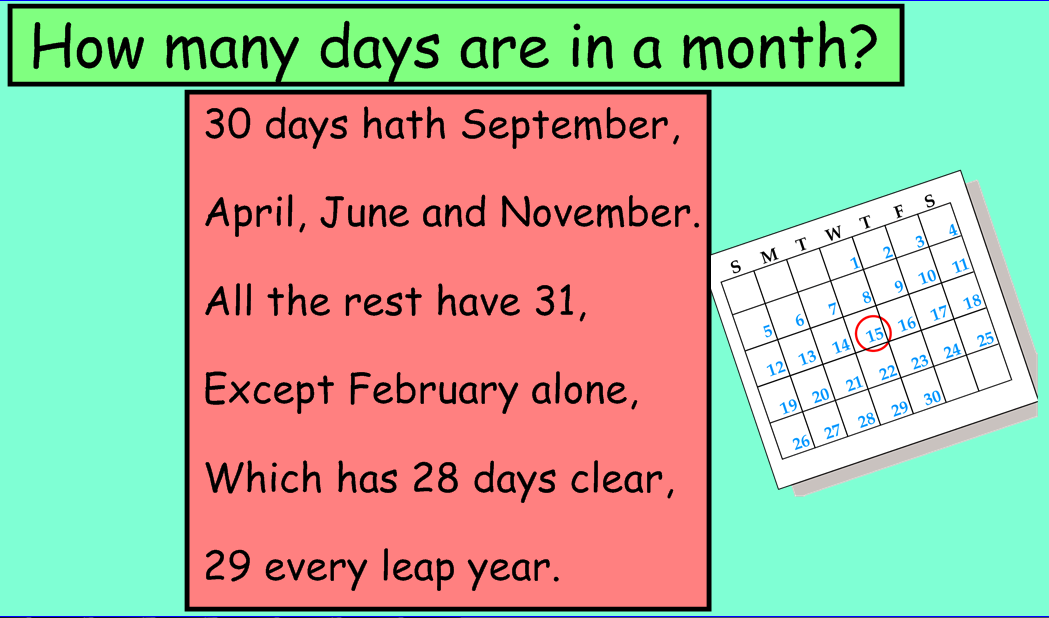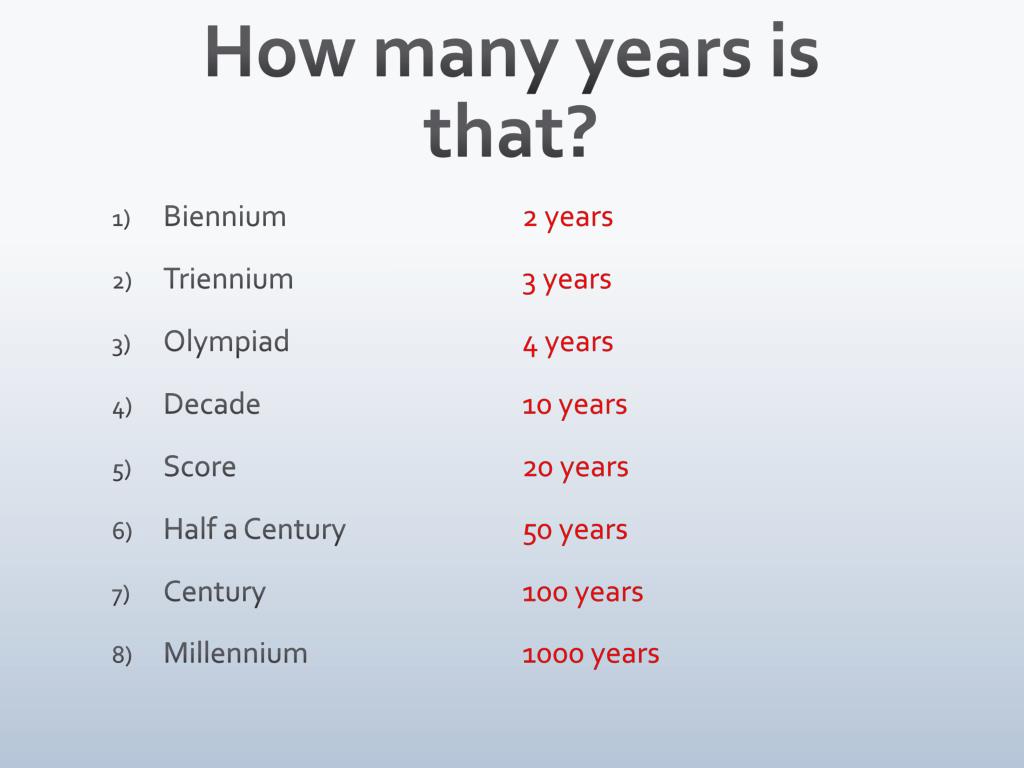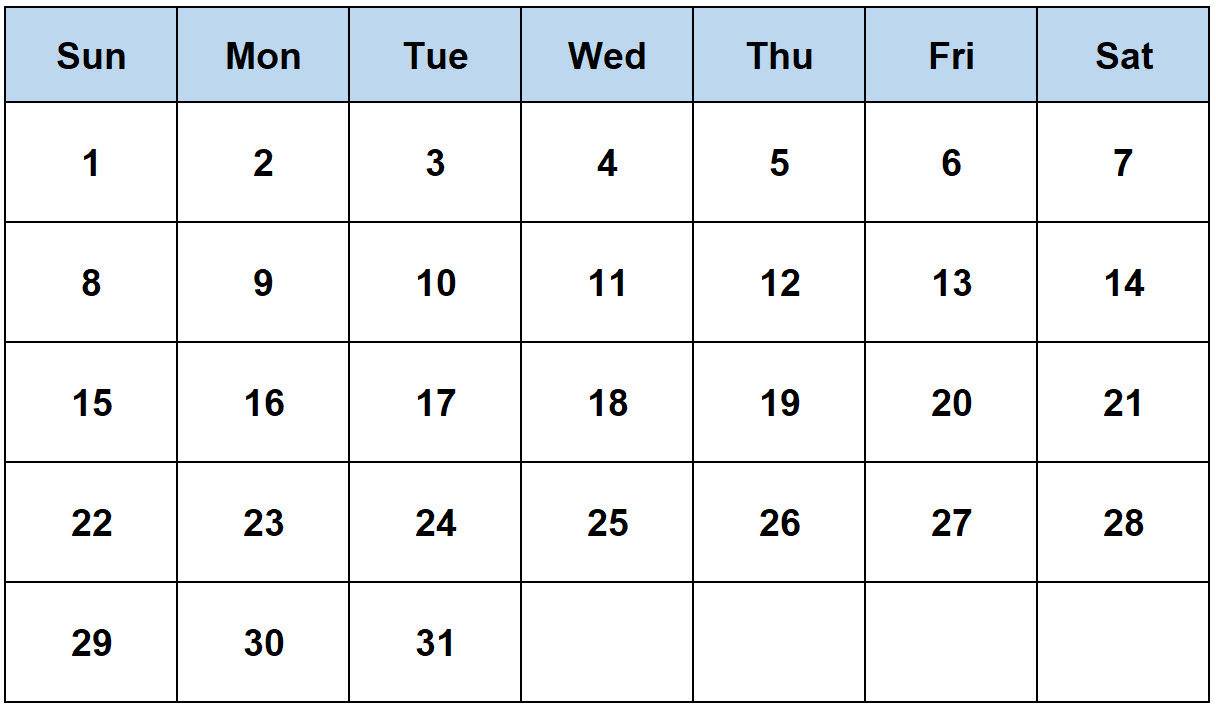How Many Days Has It Been Since January 17

Time, a relentless and unforgiving river, continues its ceaseless flow. Each tick of the clock etches another moment into the annals of history. Today, we stand at a unique juncture, marking the passage of days since a specific date – January 17th of this year.
This seemingly simple calculation holds significance for various reasons, impacting contractual agreements, project timelines, and even personal milestones. The exact number of days since that date reveals much about the current point in our annual journey.
The Count: Days Since January 17th
As of today, October 27, 2024, the number of days that have elapsed since January 17, 2024, is 284 days. This calculation takes into account the varying lengths of months, including February, which had 29 days this year due to it being a leap year.
The figure was derived using a combination of manual calculation and verification through online date calculators. These online tools are widely considered accurate for determining the number of days between two dates.
Methods of Calculation
Several methods exist for calculating the number of days between two dates. One is the manual approach, involving a careful counting of days in each month, acknowledging variations in month lengths and the presence of leap years.
Alternatively, numerous online date calculators provide an automated solution. These calculators, like those from Time and Date AS, or Calculator.net, rapidly compute the difference with high accuracy.
Many programming languages also offer built-in functions for date calculations. Python, for instance, has the 'datetime' module, enabling developers to perform precise date arithmetic, a method often used in software applications and data analysis.
Impact and Applications
Knowing the exact number of days since January 17th has numerous practical applications. Many financial contracts, for example, use this kind of calculation to determine accrued interest or payment deadlines.
Legal agreements also rely on accurate date calculations for setting expiry dates and timelines for fulfilling obligations. Furthermore, project management often employs these calculations to monitor progress and stay on schedule.
In the realm of data analysis, the number of days since a particular date is often used to create time-series data, enabling analysts to observe trends and patterns over specific periods.
Financial Sector
In finance, knowing the precise number of days is critical for calculating interest on loans, bonds, and other financial instruments. Interest accrues daily, so an error in the calculation can have significant financial consequences.
For example, if a loan agreement specifies that interest is calculated daily, the lender must accurately determine the number of days since the loan was issued to calculate the total interest owed. Incorrect calculations could lead to legal disputes and financial losses.
Moreover, the calculation is crucial in determining the present value of future cash flows, a key concept in investment analysis. The number of days influences the discount rate applied, affecting the perceived value of investments.
Legal and Contractual Obligations
Legal contracts often include clauses that specify deadlines or trigger events based on the number of days since a particular date. Ensuring the accuracy of these calculations is paramount to avoid breaches of contract.
For example, a lease agreement might stipulate that a tenant must provide notice of intent to renew the lease 60 days before the expiry date. An inaccurate calculation of the 60-day period could result in the loss of the option to renew.
Similarly, in construction contracts, penalties for delays are frequently assessed on a daily basis. Therefore, precise calculation of the number of days since a specified start date is crucial for determining the amount of penalties due.
Project Management
Effective project management hinges on accurate tracking of time and deadlines. Calculating the number of days since a project started allows project managers to monitor progress and ensure that milestones are met on schedule.
Project management software tools often include features that automatically calculate the number of days between two dates. These tools help project managers identify potential delays and take corrective action to keep the project on track.
Additionally, understanding the number of days since a project's initiation allows for accurate cost tracking. By associating costs with specific time periods, project managers can monitor expenses and ensure that the project stays within budget.
Accuracy and Potential Errors
While the calculation appears straightforward, potential sources of error exist. Human error in manual calculations can occur, especially when accounting for leap years or variations in month lengths.
Moreover, the accuracy of online date calculators depends on the reliability of the underlying algorithms and data sources. It's crucial to use reputable and verified sources to ensure accuracy.
When using programming languages, developers must ensure that they correctly handle time zones and daylight saving time. Failure to do so can result in significant discrepancies in date calculations.
Looking Ahead
As we move closer to the end of the year, the significance of knowing the days passed since January 17th will shift. New applications will emerge, as will considerations for the coming year.
The importance of accurate date calculations will remain constant across various sectors. As technology continues to evolve, the tools and methods for performing these calculations will likely become even more sophisticated.
Ultimately, the ability to accurately track the passage of time, whether it's the number of days since January 17th or any other date, is a fundamental aspect of modern life, underpinning countless decisions and activities in business, law, and beyond.


















